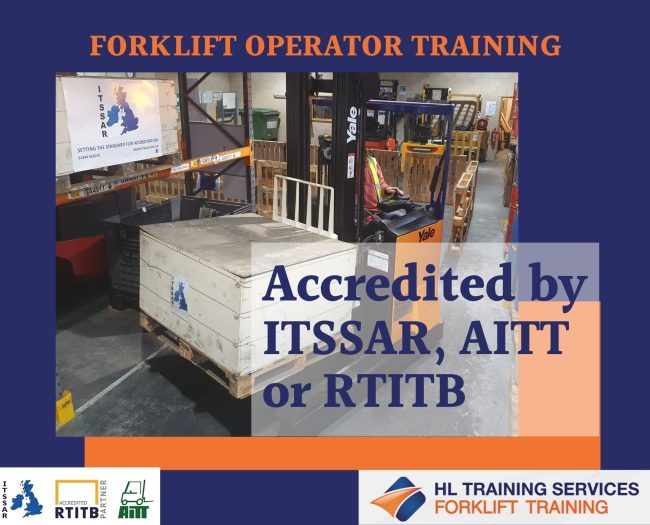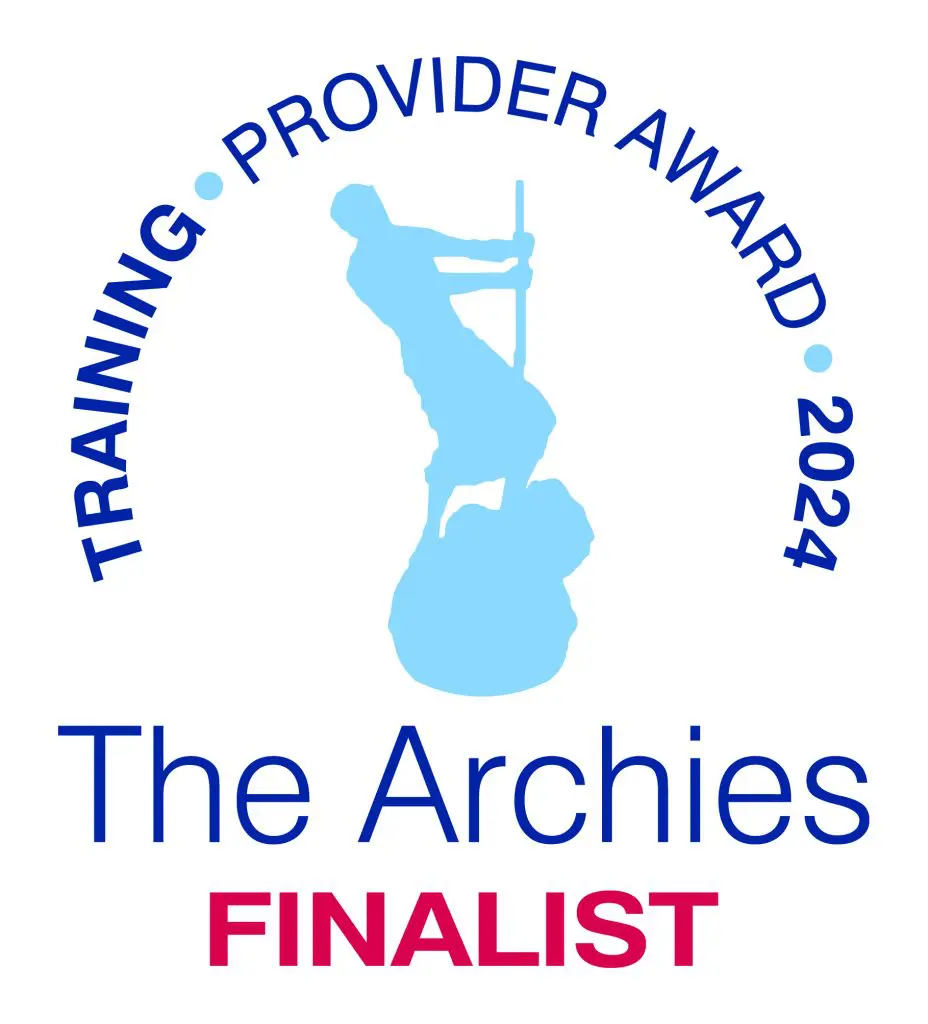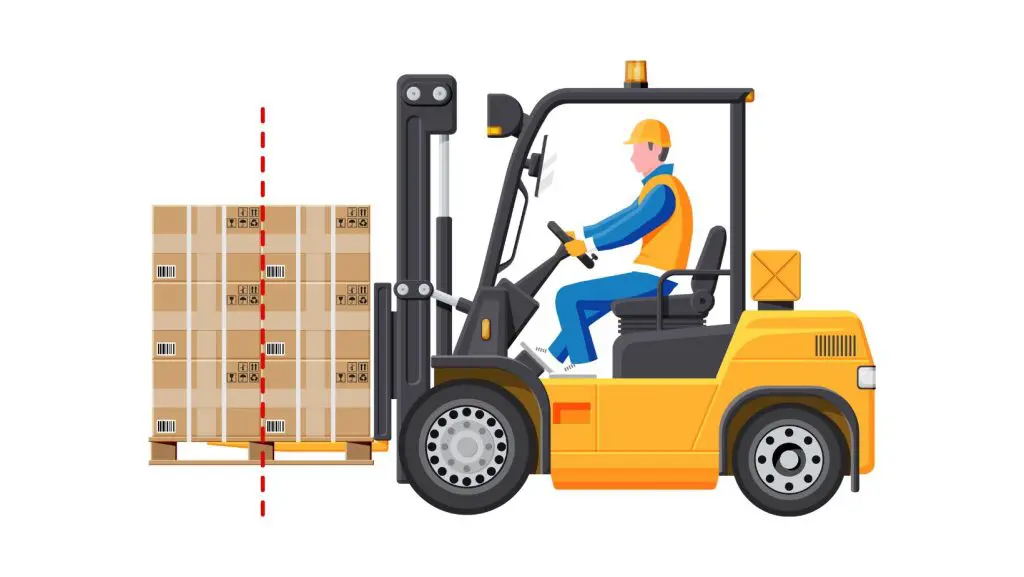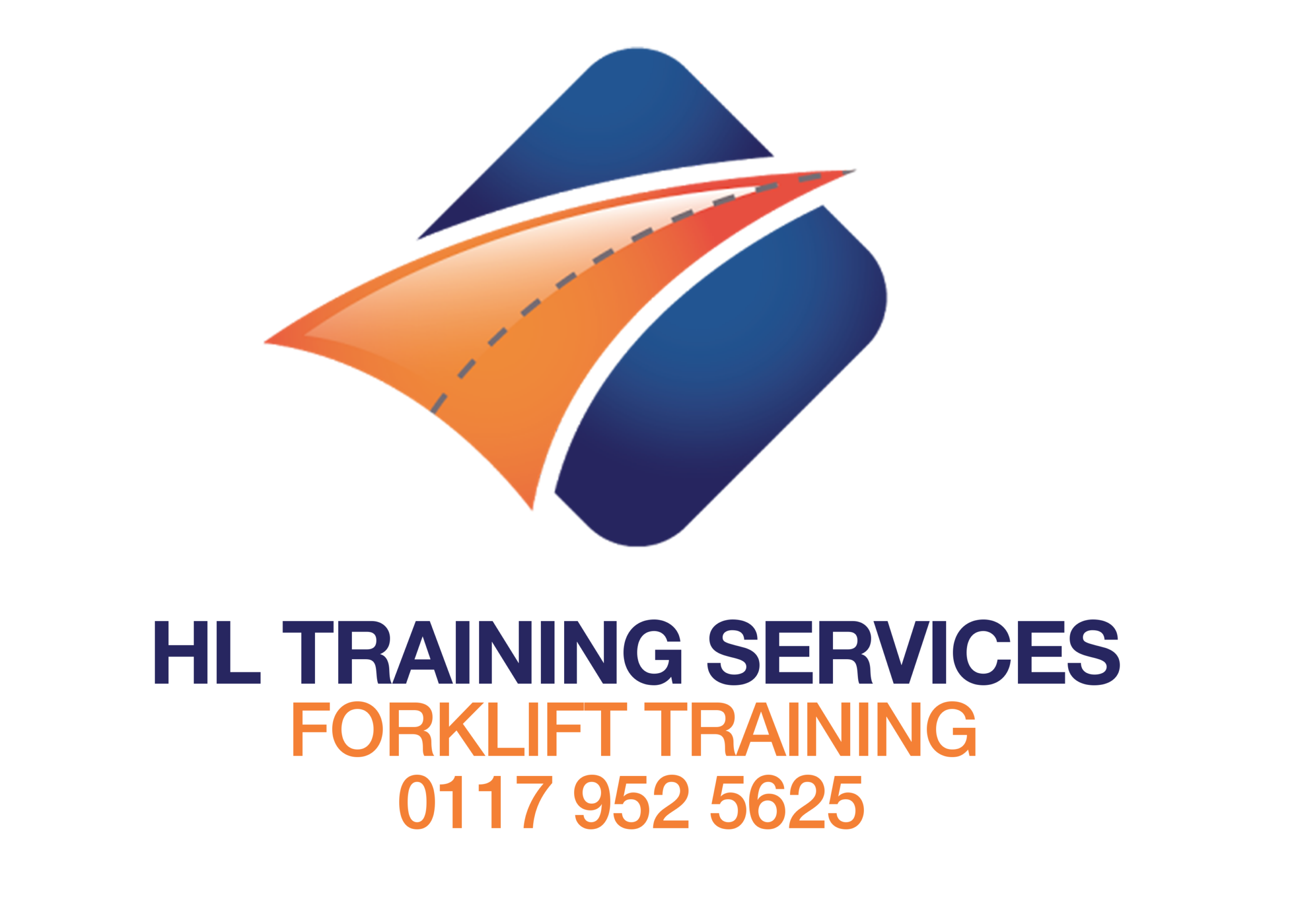
Moving a shipping container can be challenging. It requires careful planning, preparation, and execution to ensure a smooth relocation process. Unsurprisingly, shipping containers are extremely heavy, especially once loaded; therefore, selecting suitable transportation is essential to conduct a shipping container safely.
With the right equipment, technique, and safety precautions, this task can be completed with minimal disruption and maximum efficiency. Dive into our blog to discover how to move your shipping container and our top tips for ensuring a secure move.
- What is a Shipping Container?
- Best Ways to Move a Shipping Container
- Tips for Safely Moving Your Shipping Container
- Moving a Shipping Container FAQs
What is a Shipping Container?
A shipping container is a solid metal, reusable container made from corrugated steel. Primarily, shipping containers hold cargo and transport goods over sea, land, or rail. They have gained popularity over recent years for various secondary uses, such as storage units and temporary workspace solutions.
Shipping containers come in various standard sizes, including 6, 12, and 14 metres. They are regularly exposed to the elements during transportation, so they are constructed to provide stability and strength to withstand all weather conditions while stacked.
Best Ways to Move a Shipping Container
Various factors must be assessed before moving a container to determine the safest and most efficient transportation method. The container size, weight, and distance it needs to move will determine which mode of transport should be used to move it from point A to point B.
Crane
Cranes are a great way to move shipping containers. Containers are constructed with corner castings that allow the crane to latch onto each corner of the container for an improved grip, allowing for a secure move over short distances.
Dockside cranes are the quickest and easiest way to move a single standard-sized container from one location to another. To move a container, the crane sets the hydraulic boom on one or two rail tracks and hooks the container to the boom. The container is then lifted into the air and placed on the ground in its desired location.
However, dockside cranes are costly, and the operator must be fully trained to operate the machinery safely and efficiently. Therefore, it may be necessary to consider other options, especially if it is a one-off operation.
Forklift
Using a forklift offers a practical solution to moving a single container. Standard forklifts cannot be used to move a shipping container; container handler or multi-directional forklifts are better designed to move containers from one place to another.
If you use a forklift to move a shipping container, it is vital to ensure that it is outfitted to lift the container’s weight and that the forks are broad enough to safely lift the container without damaging it.
Accredited training is essential to operating a forklift effectively. Only a forklift operator with extensive knowledge and experience in safe operation that complies with regulations should lift a shipping container with a forklift.
Train
The train is a standard mode of transportation for large or industrial-based companies to ship containers. This is most frequently used for long-distance travel when a rail line is nearby where the container needs to be placed or if the container needs to be made to briefly cross a body of water.
However, using a train as your mode of transport is not always feasible. You must first use other methods, such as a forklift or a crane, to get the shipping container to the railroad.
Lorry
Trucks are the most popular choice if you move a shipping container long distances. There are a handful of different truck types available.
- Tilt and Slide Lorries: This type of lorry is the most common for shipping standard-sized containers less than 200 miles. Its deck tilts back at an angle, enabling the container to slide out of the back once it reaches its destination. It is essential to ensure the ground is dry, firm, and flat so the container does not get stuck.
- Flatbed Lorry: This type of lorry is the go-to option for both short—and long-distance travel as it can carry many sizes of shipping containers. Flatbed lorries are easy to load and unload and can be driven over multiple types of terrain, making moving a container efficient. Still, they must be carefully secured with appropriate equipment to prevent movement during transit.
- Skeletal Trailers: These trucks are ideal for shipping containers as they can be adjusted to the desired size and length of the container.
Tips for Safely Moving Your Shipping Container
Once you have selected your transportation method, you must prepare your container for safe and secure transportation.
Pack Container Evenly
When packing your container, you should pack the items strategically to ensure all goods are tightly packed to prevent movement. Your container’s load should be evened out to maintain balance. Distribute your load equally by placing the heaviest items across the bottom of your container, with the lighter items placed on top. Your container should then be sealed appropriately using cargo strips.
Secure the Container
Once you load your container into transportation mode, it is vital to fasten it securely. The container should be secured using the appropriate restraints, such as rope, twist locks, chains, or straps to prevent movement or tipping during transportation. Make sure the restraints are as tight as possible before setting off.
Inspect the Container
Before starting the move, inspecting the container for structural integrity, damage, or defects that may compromise its stability during transit is essential. Containers must be well-structured to adequately protect their contents; therefore, any damage to the container may impact its ability to keep the goods safe and secure.
Assess Site Conditions
After ensuring the container is packed, secured, and inspected, it is time to start the move. However, before moving the container, it is vital to assess the site conditions to identify potential obstacles or hazards that may impede the relocation process. Clear the area of obstacles to ensure adequate space for manoeuvring. Having good visibility of your surroundings during transit is essential to ensure the journey runs smoothly.
Monitor Weather Conditions
Monitor the forecast and weather conditions closely, especially if the container is being moved over a long distance. Avoid transporting the container during inclement weather conditions, such as strong winds or heavy rain, minimising the risk of accidents or damage to the container and its contents.
Follow Safe Handling Practices
Those responsible for moving a shipping container should be well-versed in the rules and regulations associated with container handling and relocation. Personnel should be trained on proper lifting techniques, communication, and teamwork to ensure a coordinated and efficient movement.
Operate a Forklift Safely with HL Training
If you opt to move your shipping container with a forklift, you must be trained appropriately to ensure a safe operation. At HL training, our team of experienced instructors are well-versed in the safety precautions to be adhered to when transporting a shipping container. Our training courses can be delivered to novices or seasoned operators at your site using a specially designed forklift to provide you with the training and knowledge needed to operate a forklift safely and efficiently. Contact our team today to learn how to move a shipping container safely with a forklift.
Moving a Shipping Container FAQs
Are shipping containers easy to move?
The process will be seamless as long as the correct mode of transportation is chosen for moving a shipping container. The load must be evenly distributed on the transport to prevent any tipping.
Can a forklift move a shipping container?
Yes, a forklift can move a shipping container. However, your standard forklift is not equipped to do so. Moving a shipping container requires a forklift designed explicitly with wider forks that allow the arms to lift and move the container without shifting or tipping.
How do you move a shipping container with a forklift?
Drive the forklift to the container with assistance to ensure it is in the correct position. Align the forks with the forklift pockets at the bottom of shipping containers to aid movement. Once the forks are aligned and locked onto the container, they can be moved around. Upon arriving at your destination, you can safely lower the forks and remove the container.








